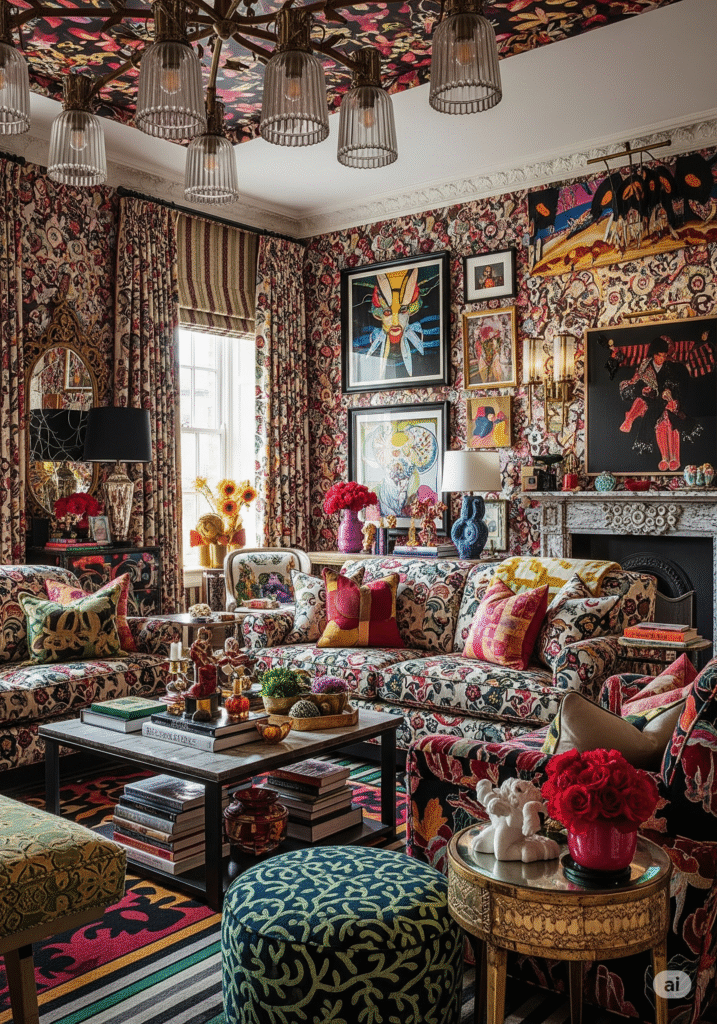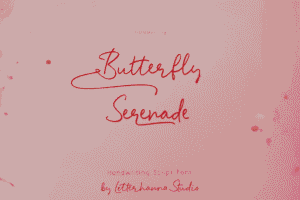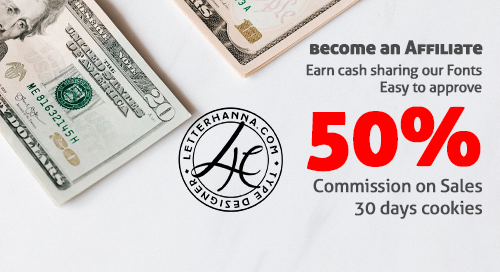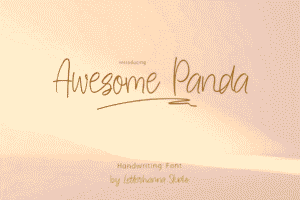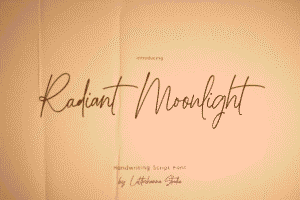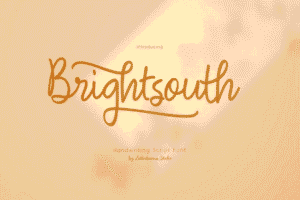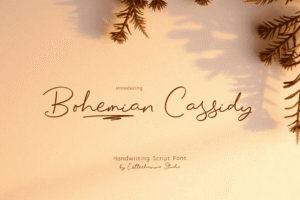Forget restraint—maximalism is all about going big, going bold, and embracing visual drama like your design just had three shots of espresso. While minimalism whispers, maximalism yells (in a fabulous font, probably with neon shadows and a disco ball spinning above it).
Let’s dive into this wonderfully wild design trend and see why it’s making noise (both literally and figuratively) across the design world.
🔍 What is Maximalism in Design?
Maximalism is a visual style that celebrates abundance, bold expression, and layers of detail. It’s about embracing complexity, emotion, and personality. Think loud colors, clashing patterns, rich textures, and loads of content—strategically chaotic, never boring.
Maximalism is not just about being messy or excessive for the sake of it. It’s about controlled chaos—a curated explosion of creativity.
🎨 Defining Characteristics
-
Bold Color Palettes: Bright, saturated hues that grab attention instantly.
-
Layered Elements: Overlapping visuals, mixed media, and complex layouts.
-
Mixed Typography: Multiple fonts in one layout? Yes, please—if balanced with care.
-
Pattern-on-Pattern: Clashing florals with stripes? Let’s do it.
-
High Visual Density: More icons, more textures, more details packed into a single view.
This is organized visual chaos, where the rules are bent to serve bold storytelling.
🧠 Why It Became Popular
In a world dominated by sleek, minimal interfaces, maximalism is like a party crashing a quiet book club. But it’s not just for shock value:
-
Emotional Engagement: Maximalist design creates rich, memorable visual experiences.
-
Cultural Storytelling: It allows designers to showcase eclectic, global influences.
-
Digital Expressionism: In the era of social media and NFTs, standing out is survival. Maximalism gets noticed.
-
Post-Pandemic Creativity: After lockdown monotony, designers began embracing vibrancy and expressive freedom.
It’s rebellion wrapped in rainbow gradients.
🧱 Historical Influence
Maximalism has its roots in Baroque art, Victorian decor, and pop art of the 1960s. Artists like Andy Warhol and design movements like Memphis Group laid the groundwork for maximalist aesthetics.
In digital design, it came roaring back in the late 2010s as a counterculture to the flat, monochrome interfaces that dominated the early 2010s.
🏆 Iconic Examples
-
Gucci Campaigns: Alessandro Michele’s designs are a maximalist fever dream—luxurious, layered, and bursting with personality.
-
Memphis Design (1980s): Bright colors, geometric shapes, and anti-functional furniture turned visual rebellion into art.
-
Y2K Web Design: Glitter text, animated GIFs, and rainbow cursors—ugly? Maybe. Maximalist? Definitely.
-
Designers like Paula Scher: Known for using typography and layout as expressive weapons.
🎯 When to Use It
Maximalism works best when:
-
You’re designing for youth culture, fashion, or entertainment.
-
You want to make a statement or evoke strong emotion.
-
You need to break the monotony of corporate design norms.
-
You’re working in print, packaging, or editorial layouts that demand richness.
⚠️ Pro Tip: Maximalism on mobile? Tricky. Use it sparingly or in a modular way to avoid overwhelming small screens.
🧪 Creative Challenge
Design a maximalist social media post for a fictional music festival.
-
Use 5+ colors
-
Include at least 3 font styles
-
Use overlapping elements and decorative flourishes
-
Think in layers—not lines
Make it loud, proud, and unforgettable.
📌 Unique Fact of the Day
The Memphis Group, founded by Italian designer Ettore Sottsass in 1981, was once mocked for its chaotic, colorful furniture designs. Today, their style is celebrated in everything from modern branding to Instagram filters. Proof that maximalism was just ahead of its time.

